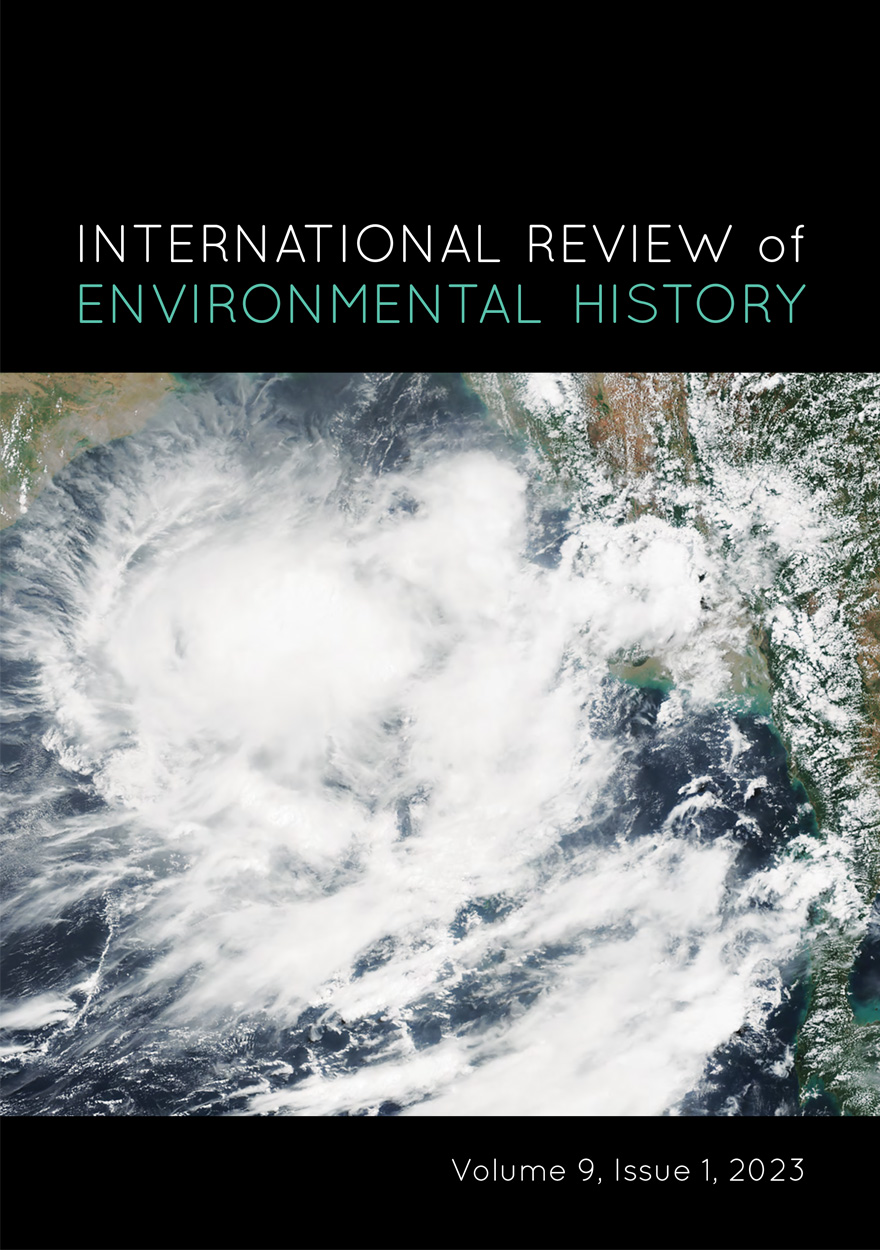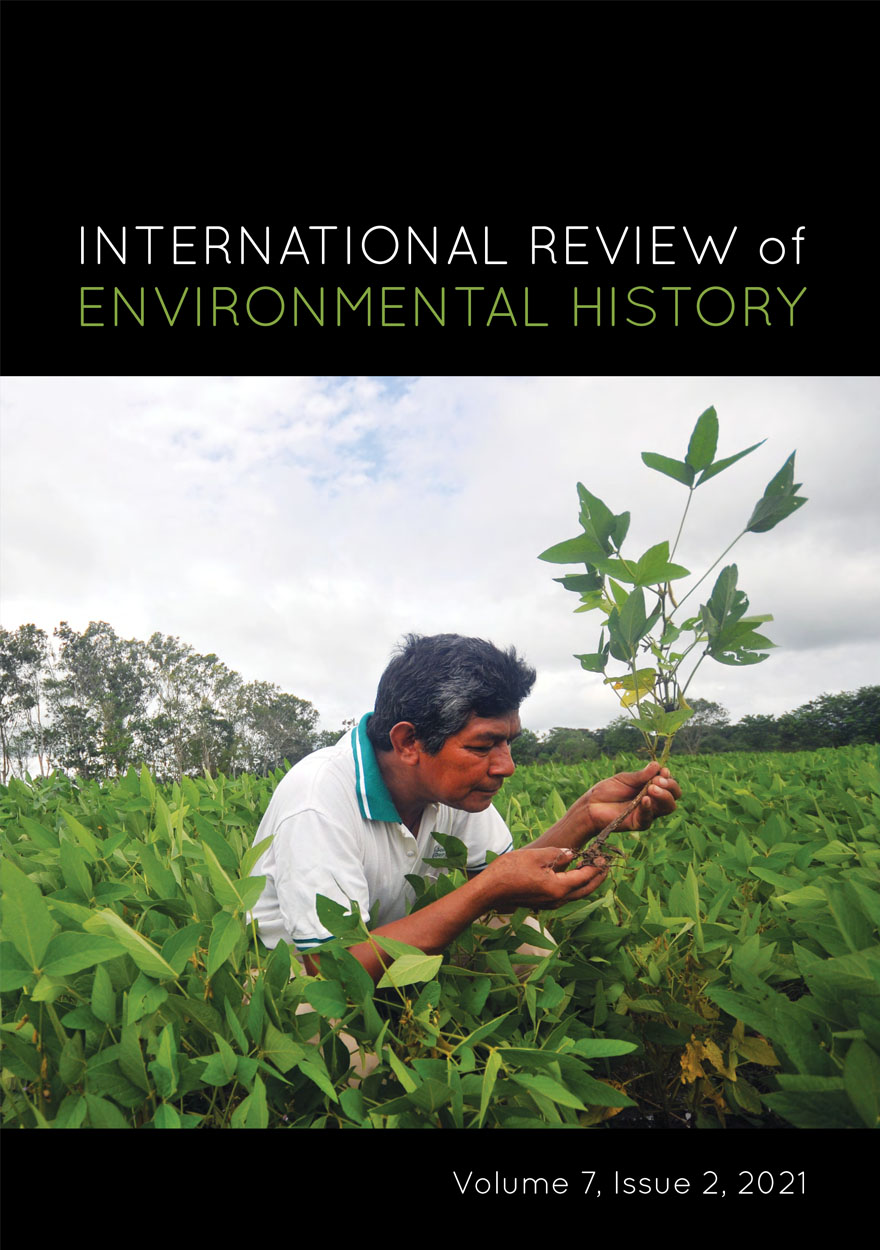
Atlas of Butterflies and Diurnal Moths in the Monsoon Tropics of Northern Australia
Authored by: M.F. BrabyPlease read Conditions of use before downloading the formats.
Description
Northern Australia is one of few tropical places left on Earth in which biodiversity—and the ecological processes underpinning that biodiversity—is still relatively intact. However, scientific knowledge of that biodiversity is still in its infancy and the region remains a frontier for biological discovery. The butterfly and diurnal moth assemblages of the area, and their intimate associations with vascular plants (and sometimes ants), exemplify these points.
However, the opportunity to fill knowledge gaps is quickly closing: proposals for substantial development and exploitation of Australia’s north will inevitably repeat the ecological devastation that has occurred in temperate southern Australia—loss of species, loss of ecological communities, fragmentation of populations, disruption of healthy ecosystem function and so on—all of which will diminish the value of the natural heritage of the region before it is fully understood and appreciated. Written by several experts in the field, the main purpose of this atlas is to compile a comprehensive inventory of the butterflies and diurnal moths of northern Australia to form the scientific baseline against which the extent and direction of change can be assessed in the future. Such information will also assist in identifying the region’s biological assets, to inform policy and management agencies and to set priorities for biodiversity conservation.
In the media
- Read the IFL Science article: Incredible Butterfly And Moth Diversity Hotspot Discovered In Northern Australia.
- Read the Fairfax article: Butterfly 'detective' solves 120-year-old north Australian mystery.
Details
- ISBN (print):
- 9781760462321
- ISBN (online):
- 9781760462338
- Publication date:
- Dec 2018
- Imprint:
- ANU Press
- DOI:
- http://doi.org/10.22459/ABDM.12.2018
- Disciplines:
- Science: Biological Sciences, Environmental Sciences
- Countries:
- Australia
PDF Chapters
Atlas of Butterflies and Diurnal Moths in the Monsoon Tropics of Northern Australia »
Please read Conditions of use before downloading the formats.
- Preliminary pages (PDF, 0.2 MB)
- Contributors (PDF, 0.1 MB)
- Acknowledgements (PDF, 0.1 MB)
- Abbreviations (PDF, 0.1 MB)
- Figures (PDF, 0.1 MB)
- Maps (PDF, 0.1 MB)
- Plates (PDF, 0.1 MB)
- Tables (PDF, 0.1 MB)
- Foreword (PDF, 0.1 MB)
- Preface (PDF, 0.1 MB)
- Introduction (PDF, 1.6 MB)
- Methods (PDF, 0.6 MB)
- Results and discussion (PDF, 1.1 MB)
- Conclusion (PDF, 0.1 MB)
- Swallowtails (Papilionidae) (PDF, 1.9 MB)
- Skippers (Hesperiidae) (PDF, 5.8 MB)
- Whites and yellows (Pieridae) (PDF, 4.6 MB)
- Nymphs (Nymphalidae) (PDF, 9.2 MB)
- Blues (Lycaenidae) (PDF, 10.7 MB)
- Day-flying moths (Sesiidae, Castniidae, Zygaenidae, Immidae, Geometridae, Uraniidae, Erebidae and Noctuidae) (PDF, 7.4 MB)
Reviews
‘It is by far the most thorough survey of these insects in tropical Australia, and is a notable work of lasting value in demonstrating the unique fauna of the monsoon tropics.’
—Tim R. New, Journal of Insect Conservation, Vol 23(2), 2019
The full review can been read on the Springer website
‘This book is a massive tour-de-force authored by experts thoroughly familiar with their ground. Indeed, it is difficult to muster enough superlatives to describe the book. It is packed with new information and covers a vast area of Australia, from 10°S to 20°S and from 120°E to 140°E in depth and in detail … This is a book to digest, to be informed by, to consult and learn from, to hold and to cherish. It is a book which will stand you in good stead for many years to come. Chock full of information and discussion. It is an ‘information book’ but the incredible photos throughout also make it a joy to browse. I cannot recommend it highly enough. Bravo, on a job well done.’
—Edward D Edwards, Austral Entomology, Vol 58, 2019
The full review can be read on the Wiley Online Library.
‘… it is a remarkable and welcome new addition to the burgeoning Australian literature on Lepidoptera.’
—Albert Orr, The Australian Entomologist, Vol 46(3), 2019
Other publications that may interest you













